blog
20th Anniversary Issue: David Gardner
As part of F-Stop Magazine’s 20th anniversary celebration we invited past featured photographers to share with us some thoughts and reflections. We asked each photographer to consider how their photographic work has changed over time, how the changes in photography over the past 20 years may have affected or influenced that change, and to share what they are up to most recently.
By David Gardner
https://www.lightight.com/
Photography for me has always involved the landscape in one way or another. On a summer day in 1962, my 8-year-old self became lost in the Santa Cruz Mountains during an outing with family. Wandering for hours through the forest, crying and terrified, I was found by a young couple who calmed me by teaching me how to drink from a stream. Later hung a camera around my neck to let me make a photograph. The process captured me; in that short time, I began to see the world differently. My terror became joy as I clicked around the clearing, and in that moment, the natural world and photography became embedded in my being. Several years later, the couple sent a blurry transparency they made of me where I was found. I still have it.

David, Lost/Found. Big Basin, CA. Unknown Photographer, 1962
So I knew pretty early on that I wanted to photograph the natural landscape, and have done so almost exclusively for the past 30 years. However, the way I photograph began to change in 2003 when I acquired my first digital camera and began to realize how much control I had over an image. A few years later, when I retired, I bought a motorhome and began traveling extensively through the West.
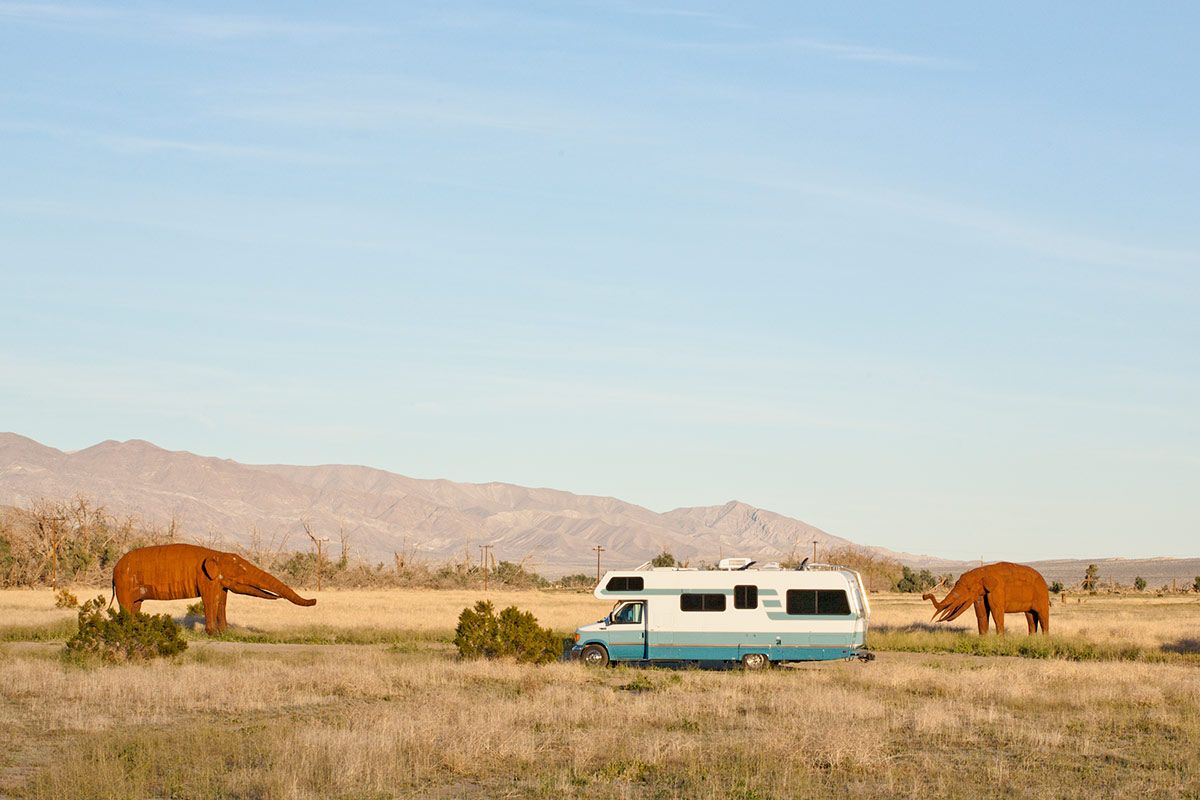
Dry Camping. Anza-Borrego, CA. ©David Gardner
The experience of living in the land and traveling for months at a time, has affected me in so many unexpected ways. When traveling, I am photographing constantly, many days, for hours. Just this process has improved the quality of my images immensely. What was not expected, was how my approach to the landscape began to evolve. I was at first content to photograph the natural landscape. That is, beautiful scenes with no evidence of humans present. But after a time, photos I made began to feel as though I wasn’t telling a complete truth. Trying to exclude all signs of humans was increasingly difficult and less rewarding now. I started thinking about how I could incorporate the human elements that were forcing their way into my frame, and still make beautiful compelling landscape images.
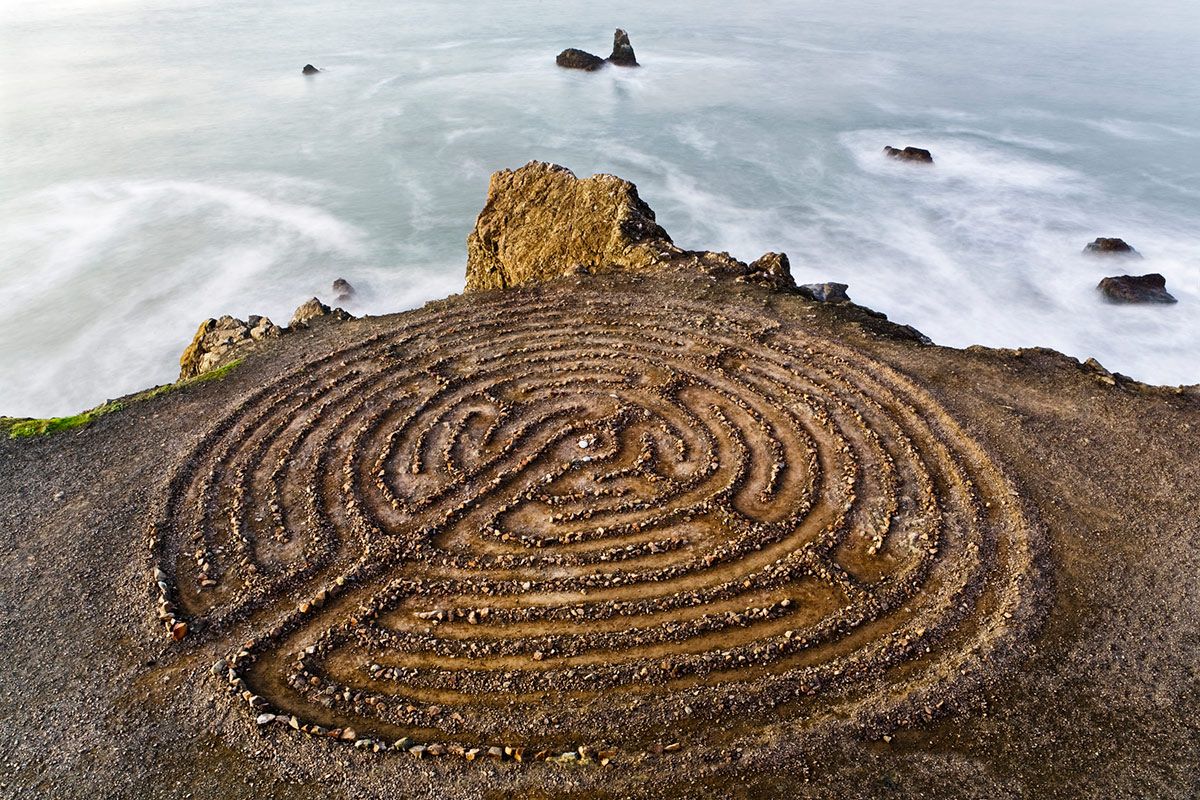
Labyrinth. Lands End, San Francisco, CA. ©David Gardner
Human intrusions were attracting my attention more than the natural beauty before me. I felt compelled to explore this impact on the landscape in a project titled, Marking Our Place in the World, where I look at our compulsion to leave a mark as we pass through. I very much liked this work, but I felt it I could expand it. I wanted to do more on this subject but was not quite sure how.

Balance #1. Pemigewasset River, NH. ©David Gardner

Ancient Handprints. Canyonlands National Park, UT. ©David Gardner
Over time, while working on the Marking project, I became aware of certain other people who inhabit this same landscape full-time in recreational vehicles. As I got to know some of them, I saw a unique opportunity to photograph a lesser known group of people – mostly older – doing something compelling with the time left in their lives. This became Life on Wheels: The New American Nomads. (featured in issue #66). It also led to realizations about my own “Golden Years” and how I saw myself aging.

Ralph and Patsy, Campground Hosts. Singletree Campground, Boulder Mountain, UT. ©David Gardner
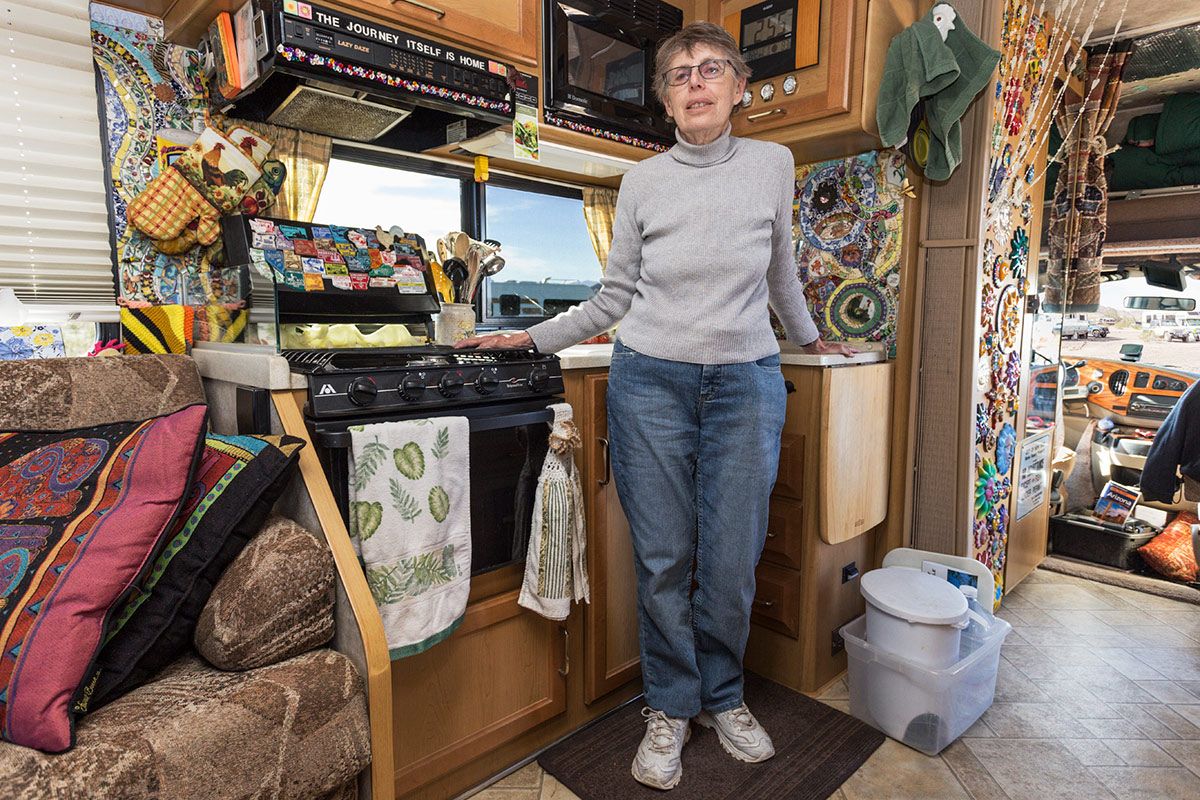
Beverly, Solo Traveler, AZ. ©David Gardner
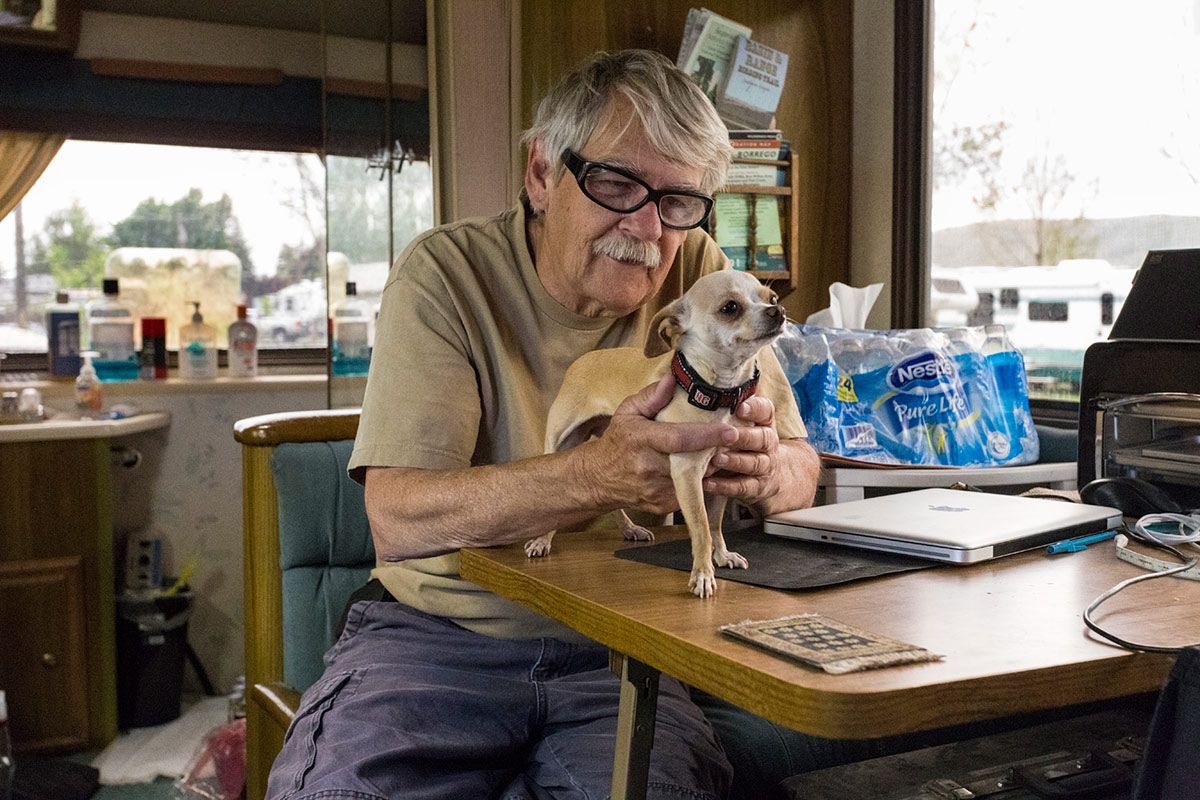
Jim and Chica. Baker City, OR. ©David Gardner
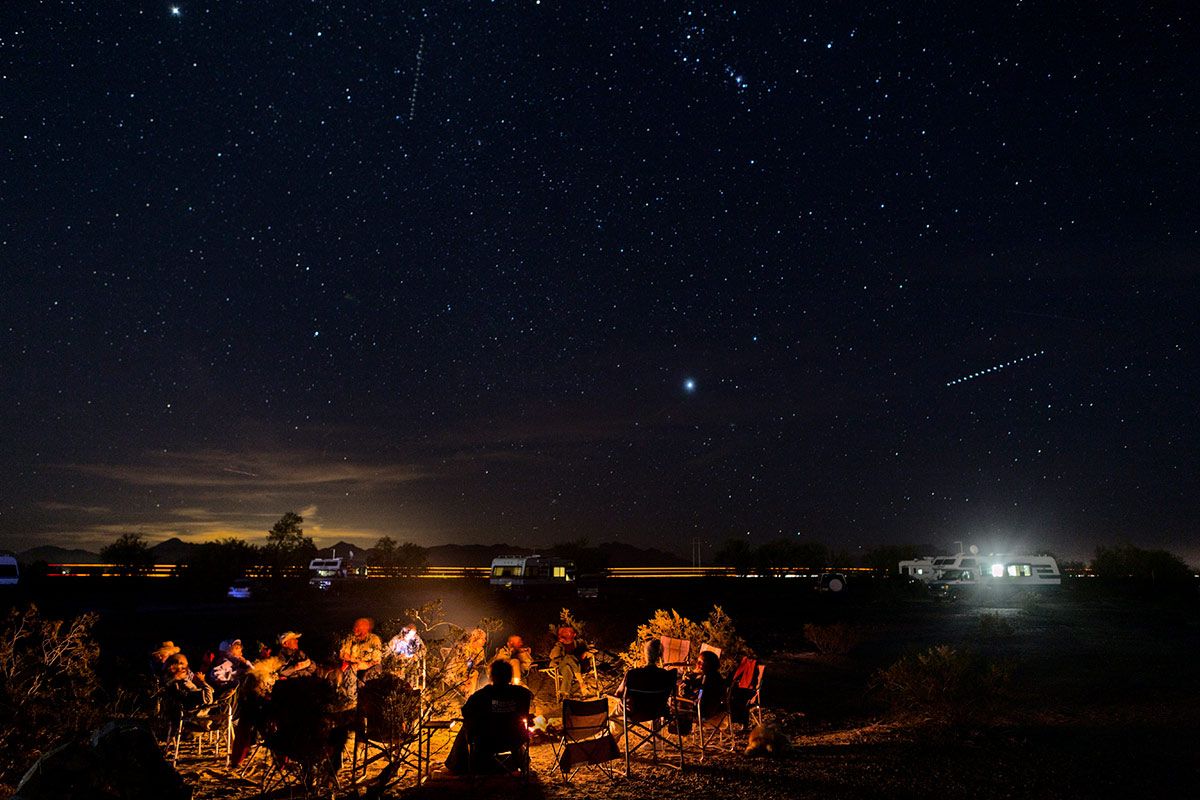
Evening Gathering. Quartzsite, AZ. ©David Gardner
It was a difficult decision to pursue this project. I tend to the reserved side, and the thought of approaching people to photograph intimidated me. Each time I walked away from a visit, I would chastise myself for not making a photograph. I finally decided that I had no business calling myself a photographer if I didn’t take this on. Only photography could have pushed me to do this work, and I found it to be a most gratifying experience.
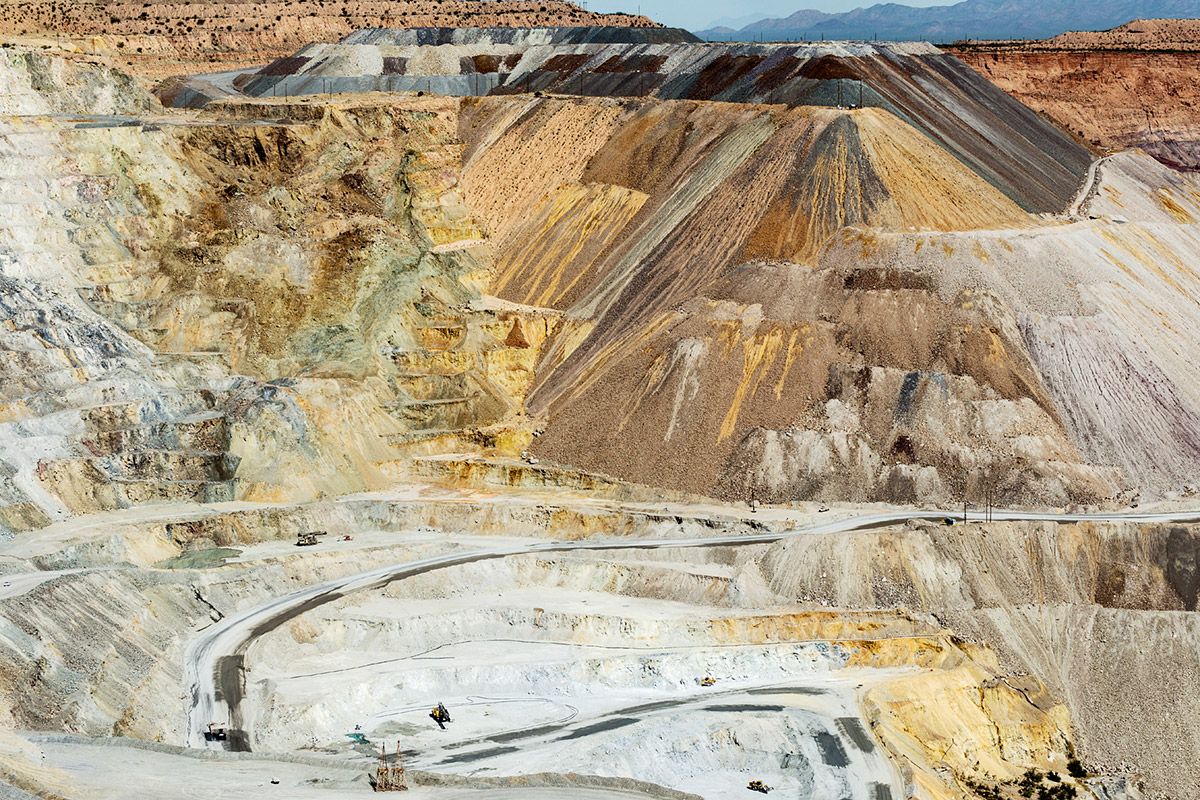
Asarco Pit Mine. Green Valley, AZ. Study #8. 2018. ©David Gardner
About the time I was finishing up the Nomads series in 2016, I became aware of recent developments in climate studies. Geologists were reaching agreement about the existence and start of a new Epoch in our planetary evolution. They coined “Anthropocene” to describe changes in climate we have enabled. More investigation showed me the way to expand on the earlier series.
Into the Anthropocene (featured in issue #96), is my current and ongoing project that expresses how large ecosystems are being altered or destroyed to meet our increasingly unquenchable thirst for Water, Agriculture, and Energy – things vital to modern human existence. Beauty in these images might sometimes refer more to Edmund Burke’s “Terrible Beauty” than Ansel Adams.
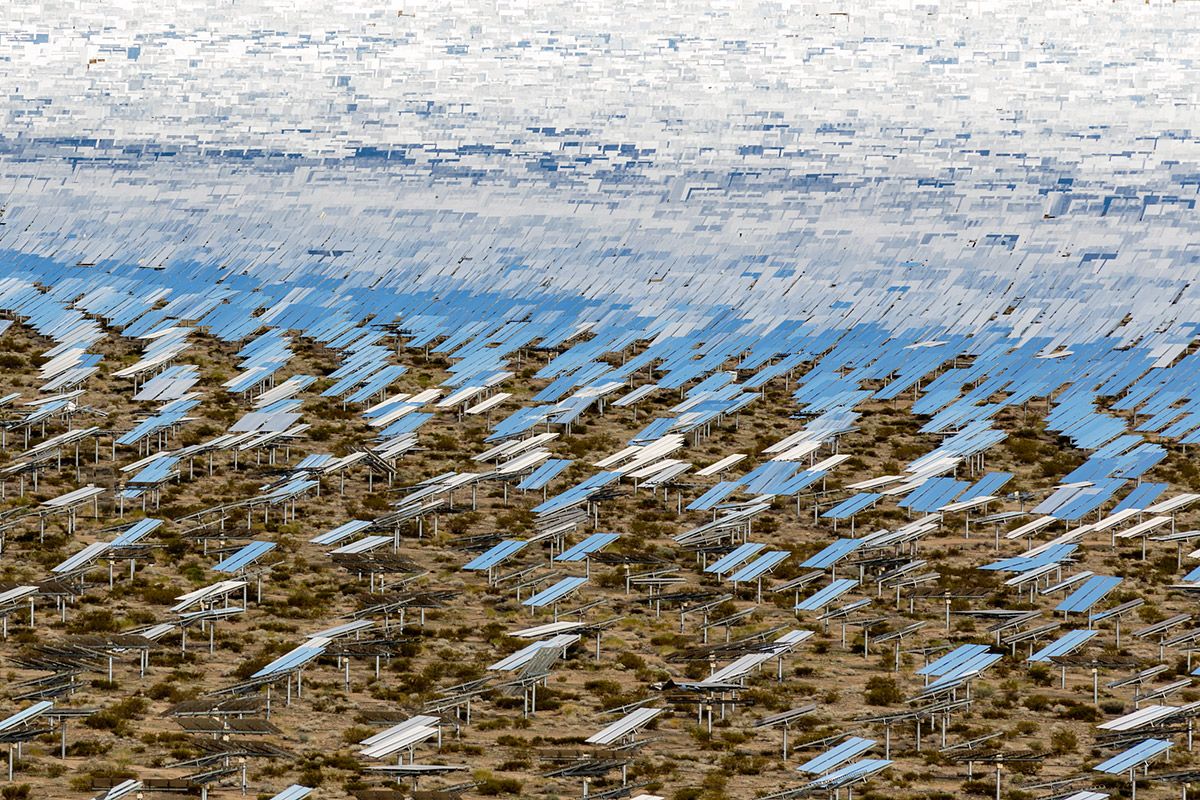
Ivanpah Thermal Solar Plant, CA. Study #37. 2020 (35°34’11.028″ N 115°27’54.264″ W)
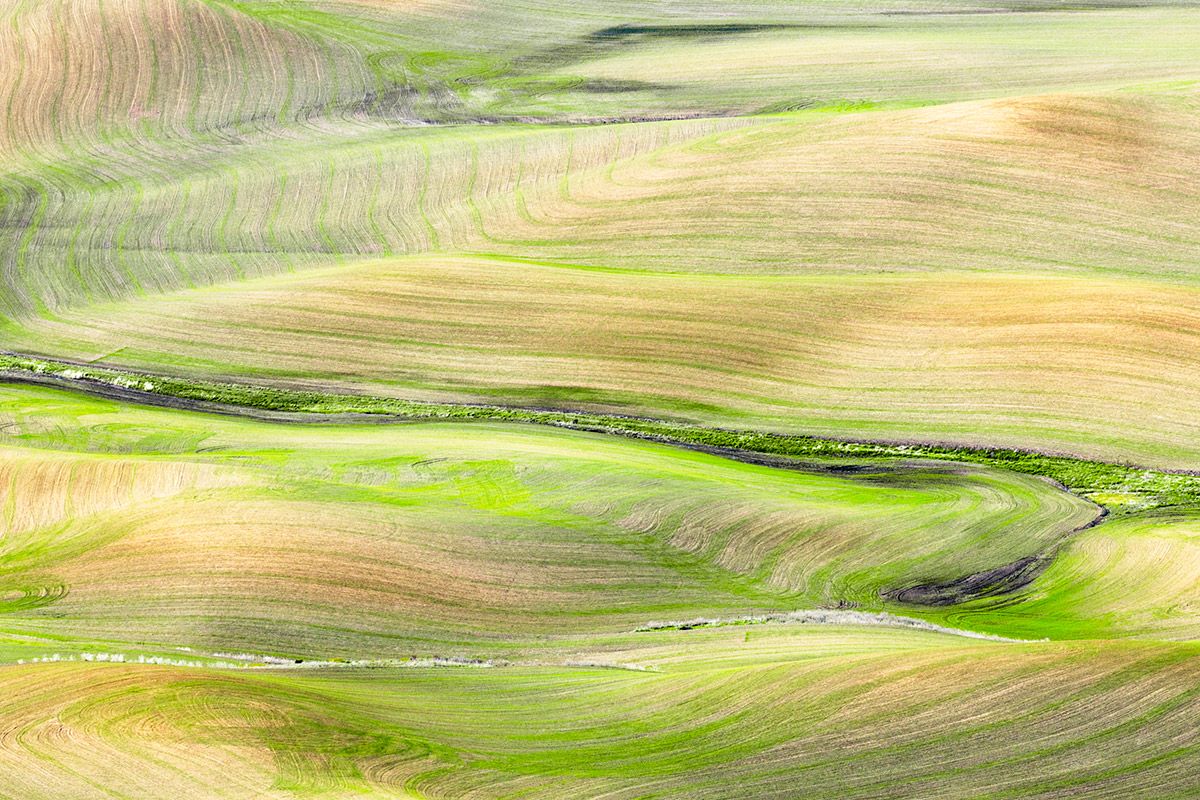
Palouse Wheat-field, WA. Study #72. 2022 (47°1’57.498″ N 117°17’49.728″ W)
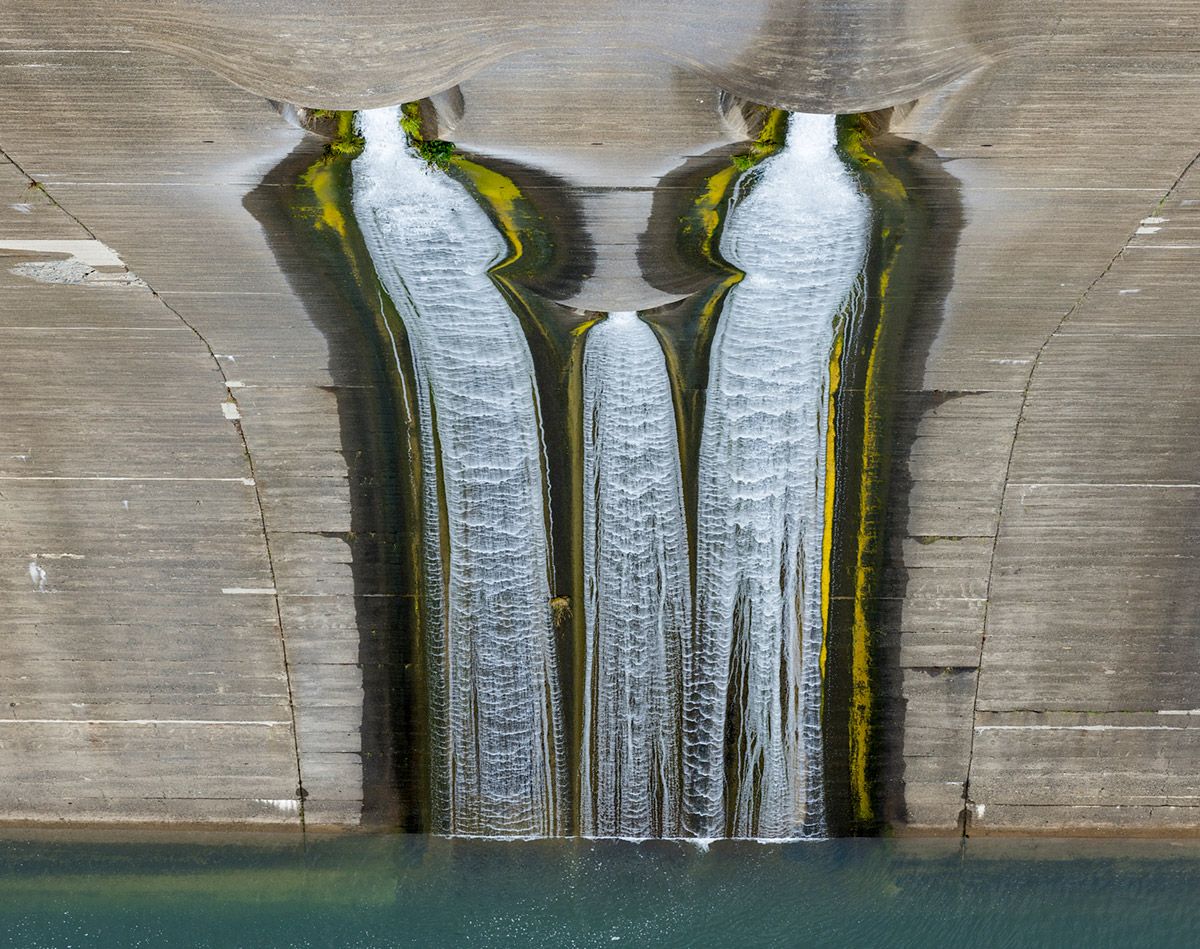
Spillway. Shasta Lake, Study #1. Redding, CA. 2022 (40°43’6.198″ N 122°25’8.43″ W)
Moving from film and the darkroom to digital capture has been huge. In my own practice, I feel a bit like I’ve come out of the dark ages with the advent of the digital age in photography and the control over the image it has afforded me. Being able to capture, review and edit instantly, on location if necessary, is very freeing and makes each of my projects much easier to organize and complete. Superior control over a digitized image is by far the biggest change affecting my work. It has allowed me to fully realize images from start to finish. Being able to work in the light in my studio allows me feel a bit more connected to the world. Not using copious amounts of water for print washing in drought prone California felt right.
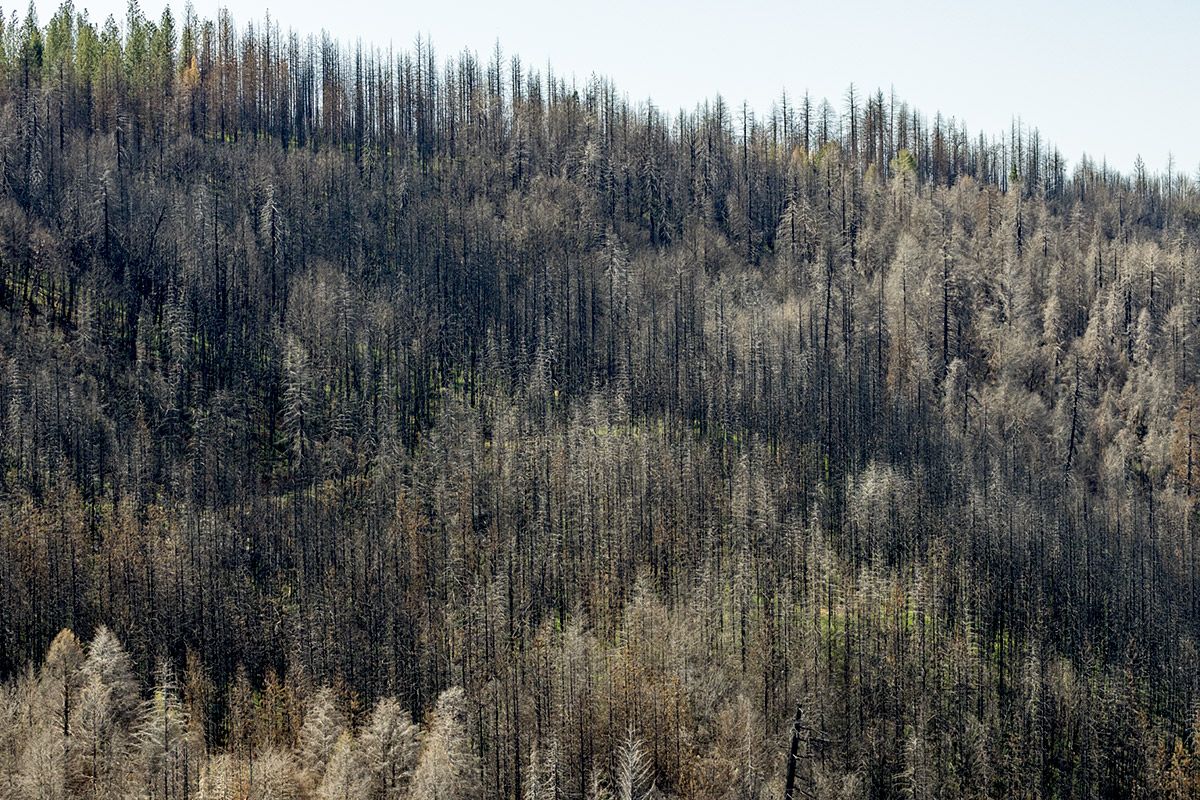
Oroville Lake Burn Scar. Study #1. ©David Gardner
Early in my photographic life, I worried a bit about what my next project would be. I needn’t have. My work and projects seem to have evolved into sets of related stories; each project leading to the next and adding to a tale whose ending is not yet known. I’ve become more sensitive to how our environment is being treated and more committed to expressing the impact.

First Snow on Burn Scar. Lemon Lake Reservoir, CO. Study #10. 2021. ©David Gardner
My most current work continues the tradition. It is an offshoot of Into the Anthropocene, where I have been spending time in wildfire burn areas photographing the charred remains of once dense forests. I think that this work, while often caused by human carelessness and exacerbated by climate-change related issues, didn’t fit will with the larger body. It has become a new series, titled Burn Scar.
Location: Online Type: Essay, FStop20th
3 responses to “20th Anniversary Issue: David Gardner”
Leave a Reply
Events by Location
Post Categories
Tags
- Abstract
- Alternative process
- Architecture
- Artist Talk
- artistic residency
- Biennial
- Black and White
- Book Fair
- Car culture
- Charity
- Childhood
- Children
- Cities
- Collaboration
- Community
- Cyanotype
- Documentary
- Environment
- Event
- Exhibition
- Faith
- Family
- Fashion
- Festival
- Film Review
- Food
- Friendship
- FStop20th
- Gender
- Gun Culture
- Habitat
- Hom
- home
- journal
- Landscapes
- Lecture
- Love
- Masculinity
- Mental Health
- Migration
- Museums
- Music
- Nature
- Night
- nuclear
- p
- photographic residency
- Photomontage
- Plants
- Podcast
- Portraits
- Prairies
- Religion
- River
- Still Life
- Street Photography
- Tourism
- UFO
- Water
- Zine

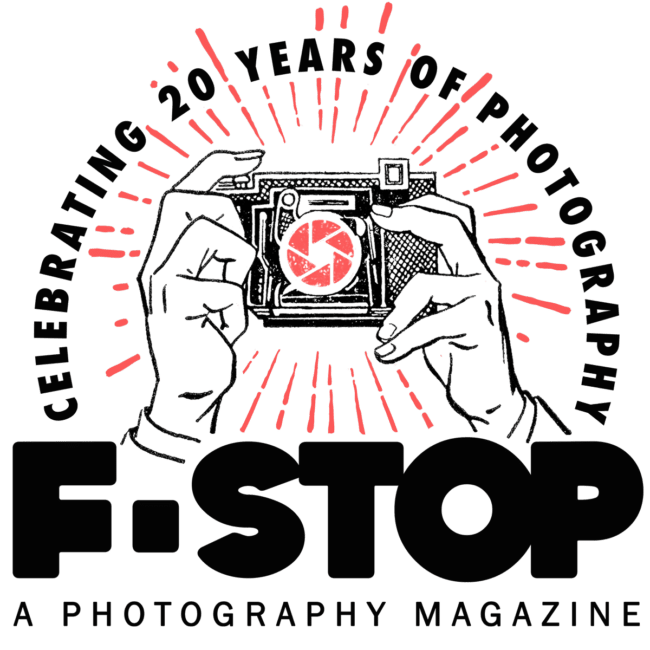
Nice article Dave except there was no
mention of the inspirational effects of Limoncello on your work!
Great job, Dave. I really liked the introspective narrative! Keep shooting and publishing!
Congratulations on this article in F-stop. What a fine, personal view of your start at photography. (I somehow thought it was Mono Lake and saran wrap.) Your story of being lost is so touching.
As always, the images are soul expanding. Sense of place is such a foundational element to our travels, or non-travels, in space-time. While your work gives a sense of rootedness and history, movement through time, and the seasons, the powerful anthropocenic images of these last several years, takes us to what is not, or what may be lost.
This is so beautiful and sometimes terrible, but always important.
Thanks so much for sharing your art, your vision, and this article.